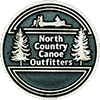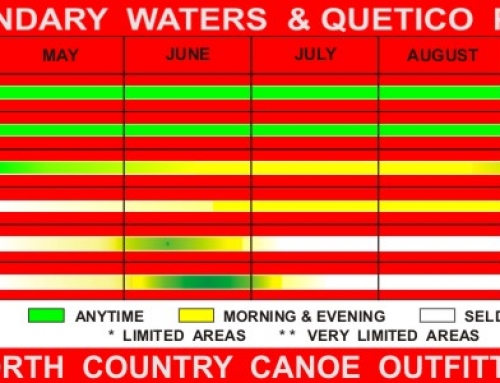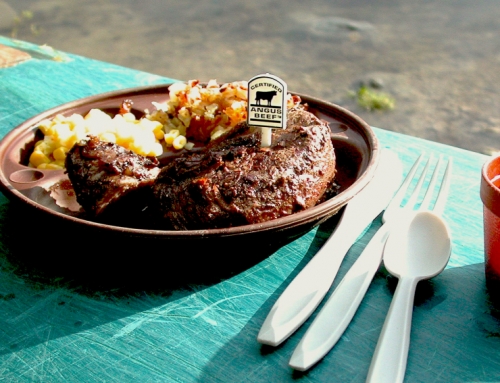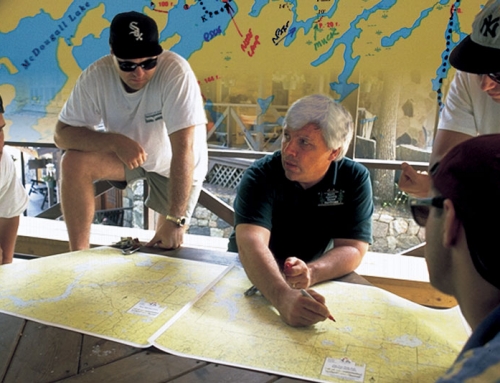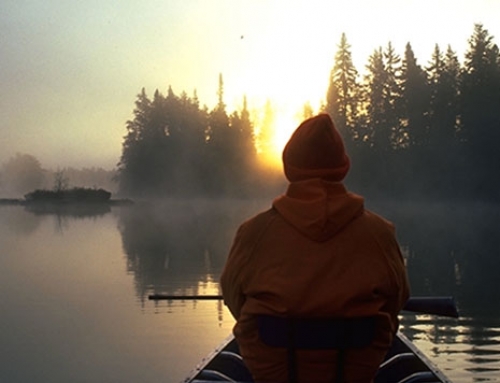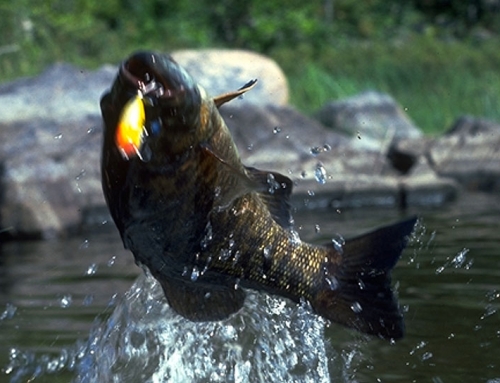Here’s what you should ask a Boundary Waters outfitter
By Ann Wessel
St. Cloud Times
May 29, 2015
Choosing a Boundary Waters Canoe Area Wilderness outfitter can seem as daunting as choosing from among 1,200 miles of canoe routes and 2,000 campsites within the 1 million-acre expanse of lakes and boreal forest.
An Ely-area outfitter who spends part of his time promoting the BWCAW said the key lies in clearly defining the sort of a trip you want, and then gauging how well an outfitter listens.
Sounds simple enough. But “paddling in the woods” doesn’t really narrow it down.
“I think what most people tend to overlook is being able to articulate why they want to go on the trip,” said John Schiefelbein, 66. He started North Country Canoe Outfitters in 1984, launches 250-325 parties a year, and serves on the Ely Chamber of Commerce’s tourism board.
“Is your outfitter listening to your needs? Do they make recommendations based on your skills, or just a canned approach?”.
The Ely Chamber of Commerce lists 24 outfitters. (Ely is the focus here because it has the BWCAW resources that are closest to St. Cloud.) The Forest Service’s Kawishiwi Ranger District in Ely manages 24 of the 89 BWCAW entry points, and has a daily quota of 97 overnight permits. Kristina Reichenbach, Forest Service public affairs officer, said 280 overnight permits are available for all entry points throughout the BWCAW.
The range of options allows paddlers to carve out a custom trip. They just can’t have everything all at once.
“I personally don’t have a problem, if somebody’s wish list gets too big, in telling them that,” Schiefelbein said.
It’s either moose or waterfalls.
Swimming or fishing.
Easy portages or solitude.
Those choices depend partly on habitat, season and distance. Schiefelbein doesn’t put too much stock in guidebook recommendations, which depend upon the author’s interests, skills or timing.

A weeklong canoe trip launches from Lake One Entry Point in the Boundary Waters Canoe Area Wilderness.(Photo: Courtesy of North Country Canoe Outfitters)
Following are some of the points to consider in an initial conversation with an outfitter.
Routes
Not all entry points are the same, Schiefelbein advises. “Some are absolute death marches at the beginning,” he said.
How many options does the outfitter present? How long are the portages? Planned routes should map out longer or shorter trips in case the weather kicks up or paddlers start to flag. Over-estimating the distance a party will cover is one of the most common mistakes.
Honeymooners often say they want solitude. Do they really? “That means you’re REALLY going to be all alone. That gets a little spooky for the first time visitor” Schiefelbein said.
Calendars
Paddlers with the flexibility to pick a launch date based on permit availability have the best chance of landing a more remote starting point.
There’s no time of the summer that is perfect in all ways. The wilderness is less populated in May and September. Fishing is better June through early July. Weather is generally warmest July through early August. Swimming is best from July 4 through Aug. 15.
Gear
What brand is the canoe? If it’s something you’ve never heard of, you might want to do a bit more research. How often does the outfitter swap out used for new canoes? How much does it weigh?
What’s the tent’s capacity? (A four-person tent might comfortably fit two.) Does the rain fly extend down far enough to be useful? How much does it weigh? (Lightweight doesn’t necessarily mean high quality.) Is it an expedition-style tent or one best-suited for car camping? To what temperature are the sleeping bags rated?
Just as a tent is not a tent, a steak is not a steak. What’s the cut? What’s the ratio of fresh food to dehydrated?
“You can eat just about anything you want in the Boundary Waters. It’s just how it’s prepared. You don’t just have to eat hot dogs and peanut butter sandwiches.”
Kids
Ask the outfitter to describe what they think a young paddler might be capable of. “Most kids can handle it” might not describe your kid.
The BWCAW shouldn’t be a kid’s first camping trip. But a trip with kids must be structured around their interests and abilities. Four days and three nights might be the longest you’d want to consider with young kids.
“You want this trip to be positive,” Schiefelbein said. “Even if the parent is more bored, a kid who isn’t scared and exhausted will be more likely to want to return.”
